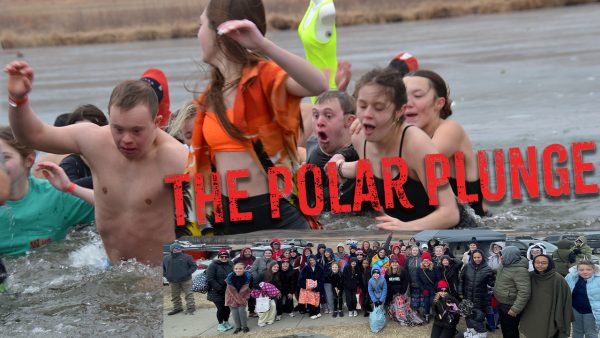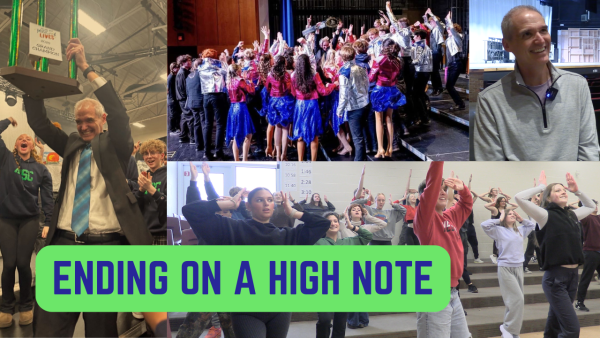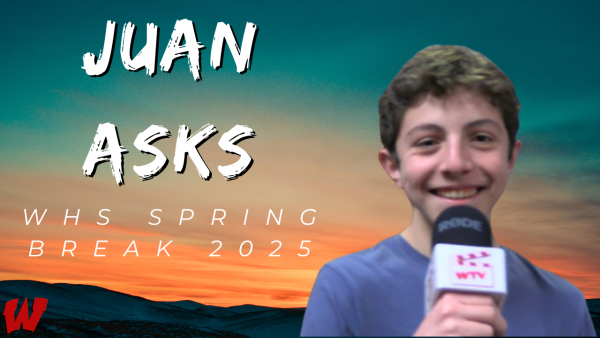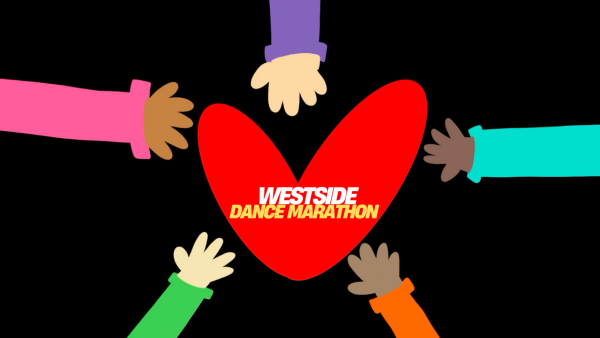ICYMI: An explanation of the situation in Ferguson, Mo.
What happened on the day of Michael Brown’s death?
Saturday, Aug. 9, at 11:51 a.m., Mike Brown allegedly stole cigarillos with his friend and later witness to his death, Dorian Johnson. After they left, another officer was sent to investigate the scene.
It was shortly after that Brown and Johnson were confronted by Officer Darren Wilson of the Ferguson Police Department. It was originally stated that Wilson confronted the two because he suspected them of robbing the store. Later, the police department released a new statement claiming he had stopped them for walking in the street and blocking traffic. They do, however, claim he discovered the cigars after he stopped them originally.
There are two conflicting stories of the confrontation, the police department and Wilson’s and the four eyewitnesses.
Johnson, the primary witness, states that they were walking down the street when Wilson told them to “get the f••• on the sidewalk.” He says they told Wilson in response that they were “not but a minute away from our destination, and we would shortly be out of the street.”
The same situation is told differently by the police department and a family friend of the Wilsons’ called “Josie.” While Wilson has not yet spoken to journalists, a source from CNN claims Josie’s story is accurate to that shared with investigators.
Josie claims Wilson spotted the two boys walking and shouted ‘Come on guys. Get out of the street.’ According to her, they told Wilson they were almost where they were going and ‘there was some cussing involved.’
Both stories state that Wilson got back into his SUV, drove forward, and then backed up towards the teens again.
Johnson states Wilson backed up so quickly he almost hit them and said something along the lines of ‘what did you say?’ Wilson then opened the door. While Josie says ‘I think he said Michael [Brown slammed the door,]’ Johnson claims that, when Wilson opened the door, it hit Brown hard enough to send it ricocheting backwards.
In Josie’s version of events, Wilson attempted to leave the SUV and was immediately ‘bum-rushed’ by Brown. According to Johnson, Wilson grabbed the back of Brown’s neck and pulled him. He claims Brown was only trying to get away. Tiffany Mitchell, another eyewitness, states that Brown was trying to get away and that the tussling ‘just didn’t look right.’ Piaget Crenshaw, a third eyewitness, says it looked like Wilson was trying to ‘pull [Brown]’ into the car. All four witnesses state Wilson was still inside the vehicle.
According to Michael Brady, the skirmish lasted mere seconds. St. Louis County Police Chief Jon Belmar says there was a struggle between Brown and Wilson for Wilson’s gun. Johnson claims Wilson drew his gun on them. He states there was no struggle for the gun between Brown and Wilson. Brown was unarmed, which is undisputed on all sides.
According to both sides, a shot was fired inside the police car. Mitchell also heard the shot fired. Johnson claims to have witnessed Brown shot by Wilson as Wilson continued to hold Brown by the shirt. Brown’s blood was later found in Wilson’s car, and at least one of his bullet wounds was consistent with the struggle described by both sides.
Johnson says that Wilson let go of Brown and they took off running, a story seconded by Brady, Mitchell, and Crenshaw. He also says he hid behind the first car he saw because he was scared and confused. Brown told him to keep running as he kept running himself. All four eyewitnesses claim Wilson fired continuously at Brown as Wilson he after him.
Wilson shot Brown at least one more time, according to Johnson. He then claims Brown put his hands up and, as he began to tell the officer he was unarmed and to stop shooting, was shot again. Josie claims Brown was taunting Wilson and that he ‘bum-rushed’ him again. She states Wilson thought ‘[Brown] was on something’ because he ‘just kept coming.’ She says Wilson continued to shoot until Brown was dead because he feared for his life. None of the four eyewitnesses shared a story similar to this, and all four eyewitnesses claim Brown was already down when Wilson continued to fire shots at him.
There were two autopsies, one public and one commissioned by the family. Six bullets were shown to have hit Brown, though three cannot be found. One bullet hit the top of his head.
After his death, Brown’s body laid on the street for at least four hours.
What happened after he died?
The day after, a statement was released to the press, claiming he was unarmed but physically assaulted the officer. The first protests happened that same day. They began as a peaceful candlelight vigil and eventually looting began. 30 were protesters arrested.
On that Monday, school was cancelled for the safety of students. Brown’s parents requested peaceful protests, and the FBI stated they’d also investigate Brown’s death. President Obama released a statement calling Brown’s death ‘heartbreaking.’
By the third day, tear gas was being thrown at protesters and media, including an Al Jazeera America news crew. Protests erupted throughout the country.
Wilson, who is on paid administrative leave, had his name released along with a video of the robbery. The department released the video against the urging of the FBI. The police department claimed they published it due to Freedom of Information Act requests. Brown’s parents accused the police department of ‘assassinating the character of their son.’
A state of emergency was called, the National Guard sent in, and Attorney General Eric Holder came to monitor the protest. Trayvon Martin’s mother wrote a letter to the mother of Brown. Celebrities have spoken out. Protests, though they were more calm, continued for months.
Wilson testified in front of a Grand Jury. Hundreds of thousands of dollars were raised in support, surpassing the amount raised for Brown’s family.
In October, a four day protest was organized. These protests included a march through Saint Louis University and many other demonstrations. Protests then continued, albeit on a smaller scale, until last night.
What happened last night?
The Grand Jury decided that they would not indict Wilson. To be clear, this does not mean they found Wilson not guilty. It means they decided not to charge him with any crime.
After the news came out about the lack of indictment, protests began across the country and on Twitter. Those protests continued throughout the night and are likely to continue today.
Why does it matter?
The situation in Ferguson comes from a much broader social question about police violence and racism in our justice system. The allegations being made against the United States are significant, with Brown’s parents speaking in front of the UN about the alleged human rights abuses and Amnesty International observing the proceedings and coming out with a report. Some believe the criminal justice system is not racist, while others claim it is and call for reform. Regardless of your opinion on the case, Ferguson is a topic of national discussion and will continue to be.
Your donation will support the student journalists of Omaha Westside High School. Your contribution will allow us to purchase equipment and cover our annual website hosting costs.






